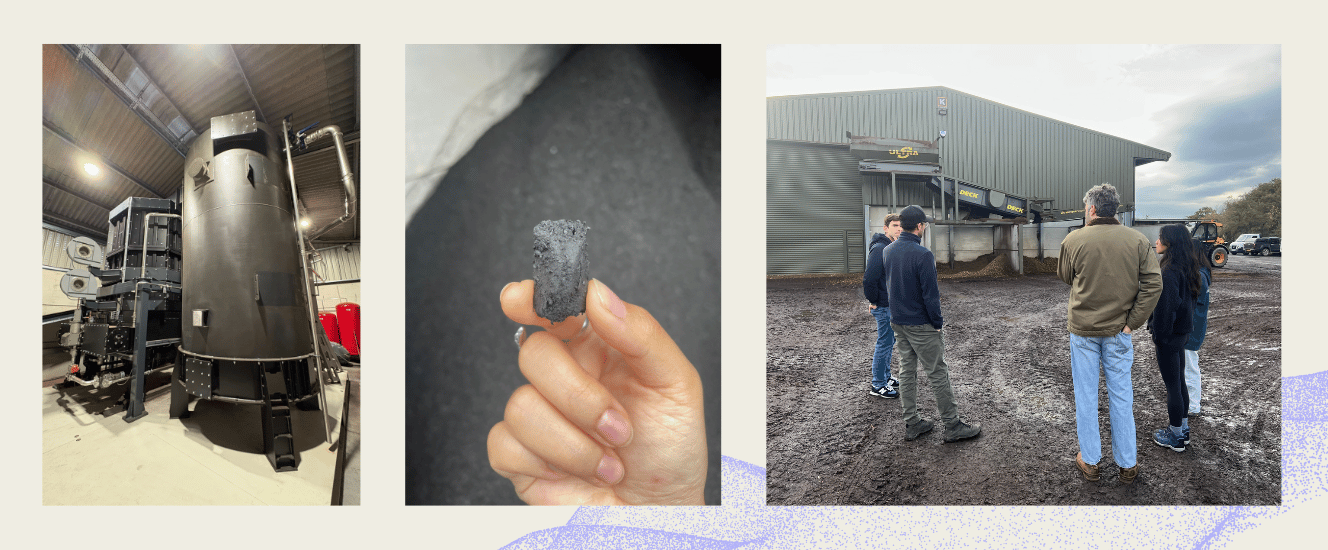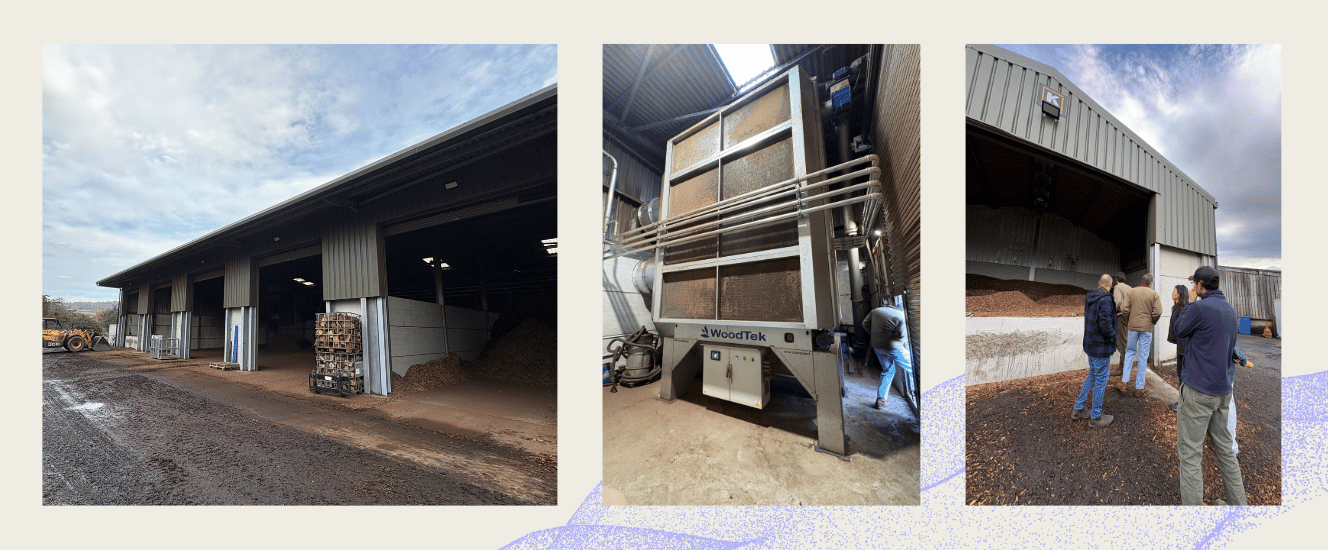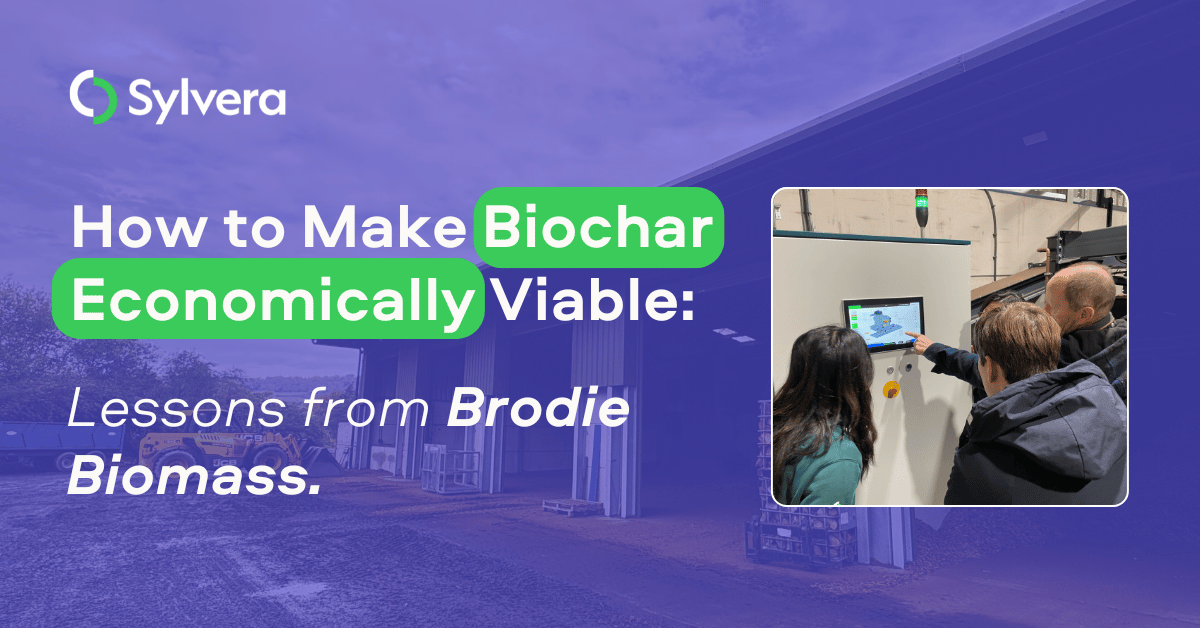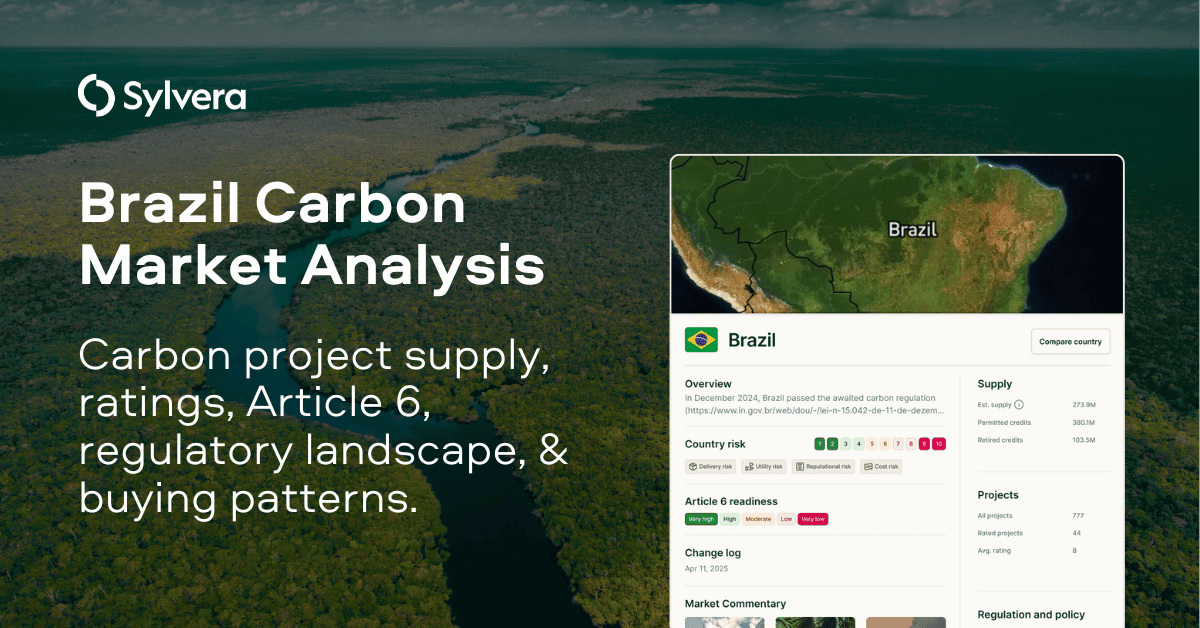“Over the years we’ve invested significantly in our field data team - focusing on producing trusted ratings. While this ensures the accuracy of our Ratings, it doesn’t allow the scale across the thousands of projects that buyers are considering.”
For more information on carbon credit procurement trends, read our "Key Takeaways for 2025" article. We share five, data-backed tips to improve your procurement strategy.

One more thing: Connect to Supply customers also get access to the rest of Sylvera's tools. That means you can easily see project ratings and evaluate an individual project's strengths, procure quality carbon credits, and even monitor project activity (particularly if you’ve invested at the pre-issuance stage.)
Book a free demo of Sylvera to see our platform's procurement and reporting features in action.
Making biochar financially viable requires more than innovative technology, it means solving practical challenges in feedstock logistics, production optimization, and market diversification. This field visit to Brodie Biomass reveals how biochar developer economics can work, from operational realities to finding revenue streams that make the biochar process commercially viable through carbon credits, agricultural applications, and construction materials.
The Sylvera team recently headed to the Surrey Hills, just outside London in the UK, to visit Brodie Biomass, a facility that offers a revealing look at what it actually takes to make carbon removal work.
With an annual capacity of 2,000 tonnes of carbon credits, the facility runs a Woodtek two-stage pyrolysis unit that produces biochar meeting the highest level of EBC certification with more than 85% organic carbon content.
The operation generates renewable energy as a byproduct, with surplus heat used on the farm and potential for grid export. But the impressive technical specifications only tell part of the story.
The real challenge lies in the unglamorous work of making the biochar process commercially viable.

Creating Biochar: The Operational Challenge
The process begins with wood residues from tree surgeons within a 25-mile radius, but getting from raw material to biochar requires multiple stages that are neither simple nor cheap.
First comes screening to sort by particle size. Then drying. Then screening again. Both rounds create a three-way split: wood dust and small particles go to compost production, medium-sized pieces become biochar feedstock, and oversized chunks are sold to biomass boilers.
Each stage adds handling costs and requires quality control, but there's no shortcut, particle size consistency is essential for the pyrolysis process to produce high quality biochar.
The actual conversion happens in the Woodtek machinery, where the feedstock undergoes pyrolysis and gasification before moving through a quencher into storage. The system is designed for efficiency, capturing excess heat and feeding it back to the dryer. Through a small viewing window in the kiln, you can watch the transformation in real time, organic residues being converted into stable carbon that will persist for centuries.

Where Biochar Gets Interesting
Production challenges aside, the real story at Brodie is about finding markets that make biochar economics work. Every biochar developer is concerned about finding enough end use for tonnes of biochar, but Alex Brodie's enthusiasm for it is inspiring.
They have been running trials on the farm for the last year, testing different mixes of biochar and compost to fine tune the soil health benefits. Alex argues that the key differential in creating a biochar mix that will boost crop yields rather than hinder them is to ensure the biochar is inoculated before spreading.
In one of their trials, they grew chard in two containers: one with biochar and their farm mix of compost, the other with biochar, compost and horse manure. When we visited the farm, there was one container packed full of chard and the other nothing to see at all.
They argue that without inoculating the biochar with something nutrient-rich like horse manure, the biochar will act like a sponge in the soil, absorbing the nutrients and depriving the plants. Whereas once inoculated, it will retain water and nutrients in the soil, deploying them slowly as plants grow and creating a more resilient plant.
Under their SoilFixer brand, the team at Brodie are testing a number of potential uses beyond their own farm, including horticulture and even golfing greens.
The team is also testing construction applications with a pilot at a local brick plant. They're running trials on biochar as a building material additive, a market potentially orders of magnitude larger than agricultural uses, with the added benefit of helping companies reduce their Emissions Trading Scheme liabilities.
If biochar can displace more carbon-intensive materials while sequestering carbon, the value proposition becomes compelling for manufacturers facing rising regulatory costs.
Then there's wastewater treatment. Similarly to Darren and Stuart Jones from Woodtek Engineering, Brodie Biomass are exploring biochar's water filtration capabilities. While Woodtek is trialling it with farm yard drainage, Brodie is demonstrating its abilities with a local chicken farm. Like activated charcoal, biochar acts as a filter, but potentially offers an additional advantage: providing habitat for microbes that create a continuous "live" filtration system.

Biochar’s Path Forward
What makes Brodie's operation instructive is its clear-eyed approach to a business that many in the climate space treat with missionary zeal. Yes, there are screening headaches and logistics challenges and quality control requirements. But the team has built something that acknowledges these realities while pursuing multiple revenue streams: carbon credits, soil amendments, and potentially transformative building material applications.
The biochar sector faces genuine questions about whether the economics can work at scale. Brodie's diversified model—selling the product in multiple forms, exploring high-value construction markets, and conducting practical on-farm research—suggests a pragmatic path forward. Multiple smaller revenue streams will be crucial in the long term, so Brodie Biomass's approach to demonstrating the value of biochar will be an important lever for growth.
For an industry still proving itself commercially, Brodie Biomass demonstrates that success in biochar likely depends less on revolutionary technology than on solving prosaic problems: feedstock logistics, process optimization, and finding customers who value biochar's multiple benefits enough to make the margins work.
You can find the Brodie Biomass project on Sylvera’s Early Stage Catalog.
If you’re a biochar or CDR developer and would like to learn more about how Sylvera can help build bankable CDR projects faster, see our dedicated page here.















